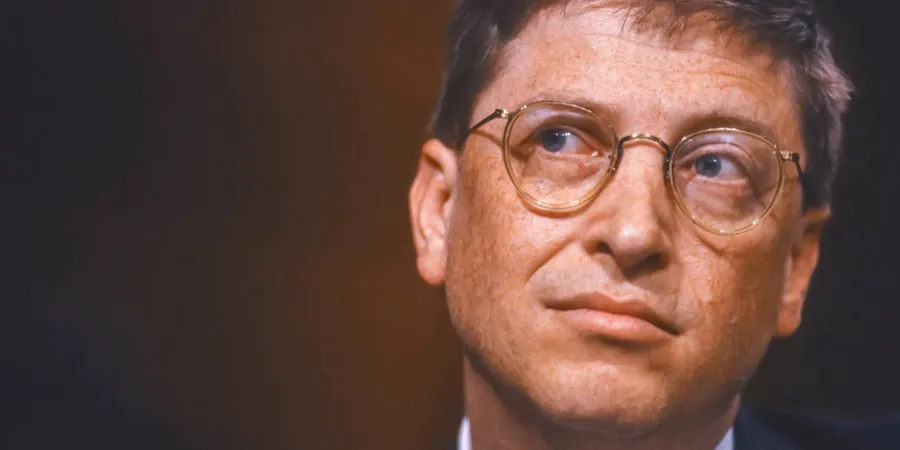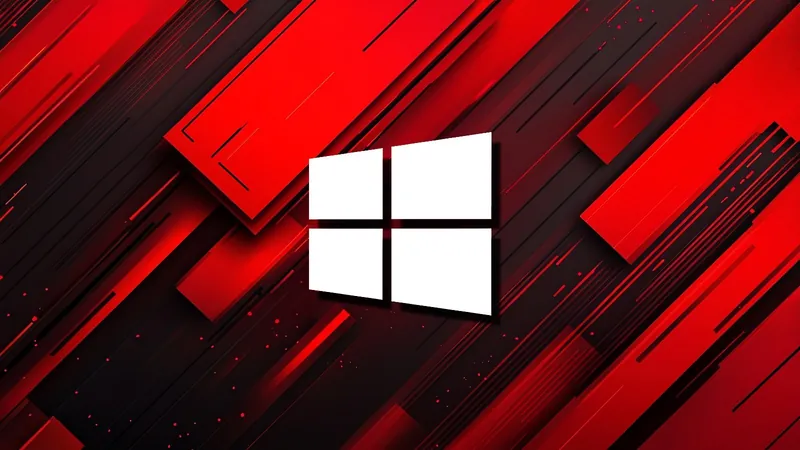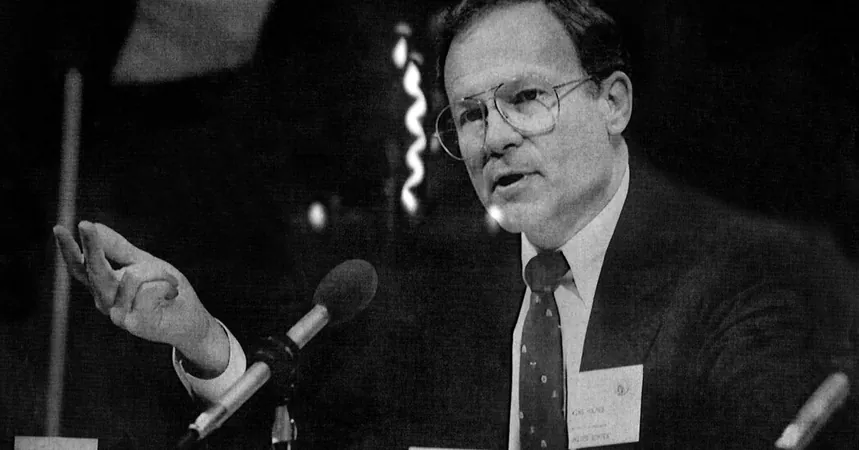
Bill Gates Reflects on the Historic Launch of Altair BASIC: A Game-Changer in Computing
2025-04-03
Author: Kai
Introduction
Microsoft co-founder Bill Gates has recently unveiled the original 1975 source code for Altair BASIC, marking a significant milestone as the foundation of Microsoft. This pivotal software, created when personal computers were still in their infancy, set the stage for the rise of one of the largest tech companies in the world.
The Vision Behind Altair BASIC
Before Windows and Office dominated the landscape, the creation of a BASIC interpreter tailored for the Altair 8800 was a visionary move. In a recent statement, Gates elaborated on the rationale behind using an interpreter instead of a compiler: "We figured the line-by-line approach would help novice programmers receive immediate feedback on their code, making it easier to identify and rectify mistakes as they occurred."
A Historic Moment
The genesis of this revolutionary software can be traced back to January 1975, when Gates and fellow co-founder Paul Allen noticed the Altair featured on the cover of Popular Electronics. Seeing the potential of an impending PC revolution, the duo sought to be early entrants in the market, recognizing the incredible opportunities that lay ahead.
Challenges in Development
The journey to create Altair BASIC was not without its challenges. Gates and Allen pitched the software to Ed Roberts, founder of MITS, as if it were a finished product. In reality, they only had two months to develop it, with the demanding requirement to fit the code into just four kilobytes—an essential consideration for budget-conscious Altair owners, as additional memory was often cost-prohibitive.
“Extra memory for the Altair could easily cost more than the computer itself,” Gates recollects, highlighting the financial constraints faced by early computer enthusiasts.
Innovation Through Adversity
To overcome the additional hurdle of lacking the Intel 8080 chip, which powered the Altair, Allen ingeniously crafted a program to simulate the chip on a PDP-10 mainframe. This innovation allowed them to test the software without the actual hardware. A colleague, Monte Davidoff, also contributed by developing a math package to enhance the program's functionality.
A Groundbreaking Product
Despite its limitations by today's standards—including minimal string manipulation—Altair BASIC was functional enough for MITS to decide to license it. "This was a pivotal moment for Paul and me. Altair BASIC became the first product of our new company, which we decided to call Micro-Soft," Gates proudly stated.
Legacy of Altair BASIC
Today, the source code is available as a 157-page PDF of scanned fan-fold paper, a testament to its age and the era's technology. For those interested in delving deeper, an annotated disassembly of Altair BASIC 3.2 can be found on GitHub.
Reflecting on the legacy of Altair BASIC, Gates commented, "I still get a kick out of seeing it, even all these years later. Computer programming has come a long way over the last fifty years, but I'm still super proud of how it turned out."
Conclusion
As we mark 50 years since the inception of Altair BASIC, it’s clear that this humble piece of software not only revolutionized personal computing but also laid the groundwork for Microsoft’s evolution into a tech giant reshaping the world. The impact of this early innovation continues to be felt in the programming languages and software we use today.





 Brasil (PT)
Brasil (PT)
 Canada (EN)
Canada (EN)
 Chile (ES)
Chile (ES)
 Česko (CS)
Česko (CS)
 대한민국 (KO)
대한민국 (KO)
 España (ES)
España (ES)
 France (FR)
France (FR)
 Hong Kong (EN)
Hong Kong (EN)
 Italia (IT)
Italia (IT)
 日本 (JA)
日本 (JA)
 Magyarország (HU)
Magyarország (HU)
 Norge (NO)
Norge (NO)
 Polska (PL)
Polska (PL)
 Schweiz (DE)
Schweiz (DE)
 Singapore (EN)
Singapore (EN)
 Sverige (SV)
Sverige (SV)
 Suomi (FI)
Suomi (FI)
 Türkiye (TR)
Türkiye (TR)
 الإمارات العربية المتحدة (AR)
الإمارات العربية المتحدة (AR)